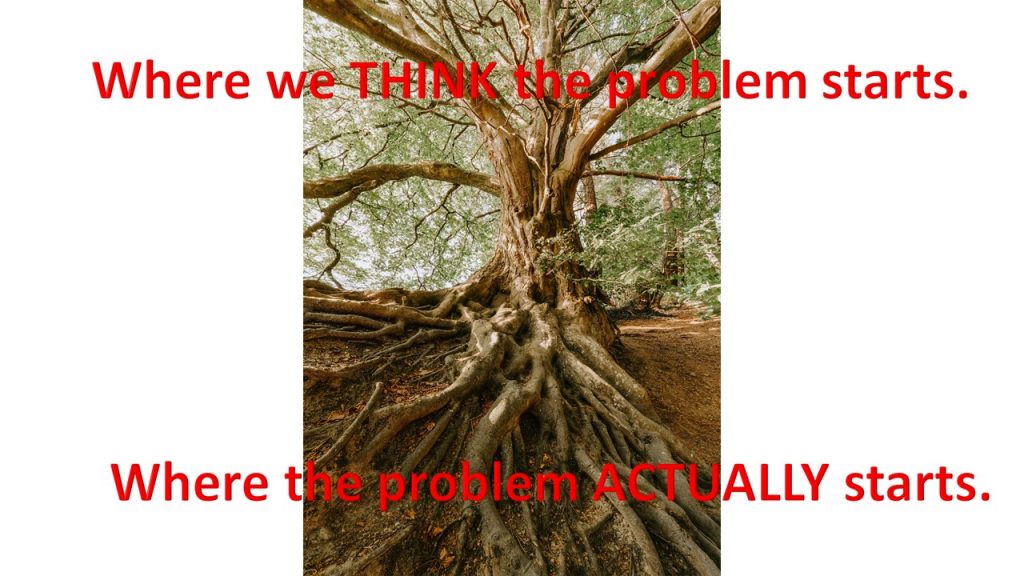This is an Eval Central archive copy, find the original at communityevaluationsolutions.com.
It’s so easy to think social problems are simple.

Take interpersonal violence for example. When it is discussed, most people ask, “Why does she stay?”
For a few years in graduate school, I ran a randomized community survey that asked people to tell us what they thought of why violence against women happens and what should be done about it. It’s kind of amazing to hear what people think. Or maybe it’s not.
It’s her fault.
She probably did something to make him mad.
Why doesn’t she just leave?
Rarely, if ever, do people ask, “What is it about our society that allows violence to happen?”
As a community psychologist, I am more interested in this question. (Not sure what a community psychologist does? (Click here to learn more).
As we struggle on through the COVID-19 pandemic and a national identity crisis following the recent (and not so recent) deaths of unarmed black men and women, we literally have to get our head out of the trees. It’s way past time to look at environmental context and root causes. I am not sure about you, but I am tired of plugging holes in the dam. There are just too many of them.
What would it look like if we really lived up to our tag line, Partnering for Social Change? That is the question I asked myself a few weeks ago when I took the week off to rewrite my business plan.
Social change may sound scary, but it really involves questioning our assumptions and recognizing and considering complexity. People live in families, within neighborhoods, within cities, within states, within a country. All of these systems shape us.
I once evaluated a community-based elementary afterschool program whose participants attended a school with a history of low scores on state achievement tests. The afterschool program met for about 2 ½ hours after school. The funder of the afterschool program had an advisory board. During a meeting, the chair of the advisory board said she wanted to set a benchmark that all students would be 100% competent on state achievement tests. That goal, while aspirational, failed to account for the multiple systems that surrounded these students. It put all of the pressure and responsibility on the children, and none on the systems surrounding them. Clearly programs can’t do all things for all people, but if we truly want to make a difference, we have to work on the right levers in the right systems.
Think about a game of Jenga or Pick Up Sticks. Some things are foundational.

So, this is what we will begin to explore. Because if we really want to make a difference, we have to get to the root issues.
Take a moment and consider the program you are running right now. What are the family, community and systems pressures that affect the people you most want to serve?